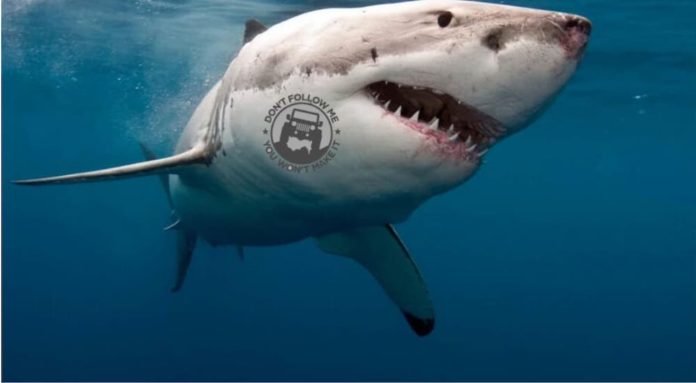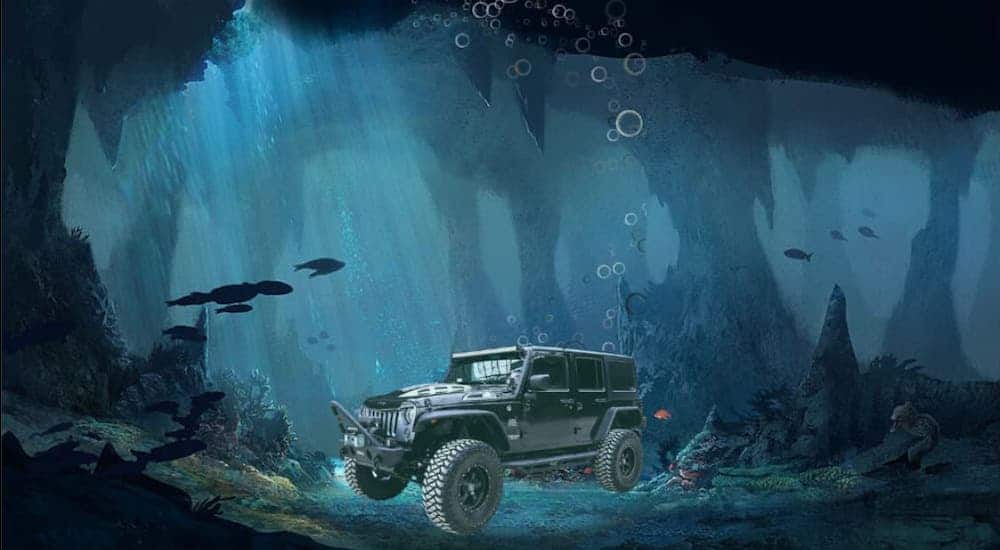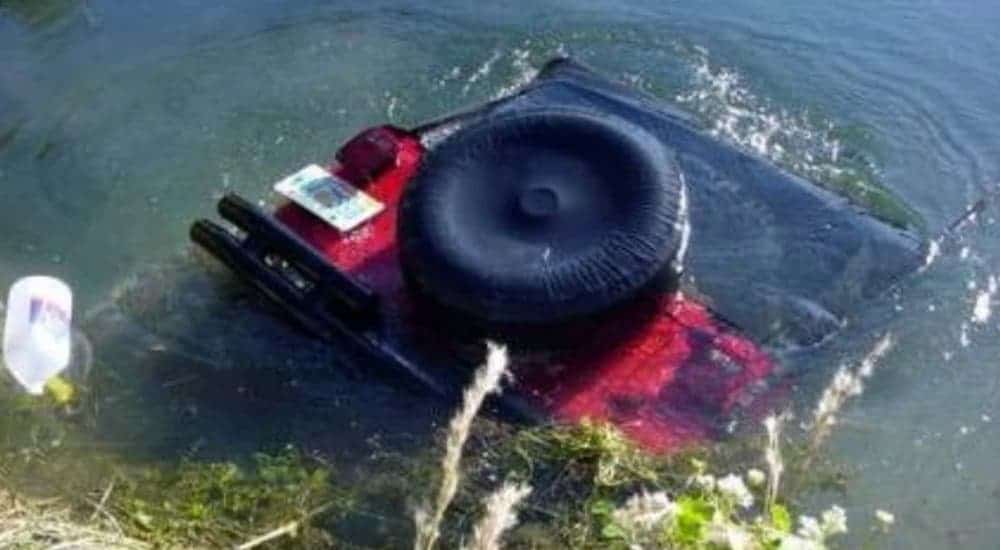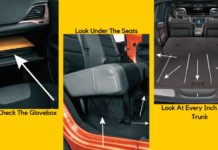As brands and companies fall victim to marketing missteps and downright tone-deafness, there is a single brand that continues to operate unabetted by angry Twitter profiles and celebrity personalities alike, Jeep. Yes, we mean the beloved car manufacture known best for their development of vehicles that are intended to symbolize the ultimate freedom, freedom from the road. But what you may or may not know, Jeep models may tout themselves as ‘all-terrain,’ but they are actually anything but. To be all of anything, means to be 100%, and let me tell you now, even the most off-road ready Jeep SUV only ever manages to hit 80%. 80%, that’s a B, at best. This degree of misinformation is being hidden right beneath everyone’s noses, and not even the most active conspiracy theorists seem to be talking about it. (And we’re looking at you, Joe Rogan). In this blog post, we’ll expose this other 20% of terrain that Jeep seems to be missing out on, and explain how Jeep could really make a difference by living up to their promise of an all-terrain vehicle.
The Missing 20%
If you’ve ever seen a Jeep SUV commercial, you may have noticed glamor shots of their most capable model, the Wrangler traversing over rugged terrain. There may even be catchy slogans like: ‘Go Anywhere,’ or ‘Do Anything.’ While these catchphrases may seem accurate at first glance, there is a deeper truth here that you may not realize. While the famous Jeep Wrangler can handle terrain like sand, rock, snow, and mud, there is a massive type of terrain that Jeep advertisers and developers are missing out on the ocean. Yes, we mean the massive body of liquid that makes up roughly 70% of the world’s surface area. Yes, the sprawling salty beauty that is home to Nemo, Spongebob, and surfing. In all of Jeep’s near-century of existence, never has there been a truly all-terrain, amphibious Jeep.
Now, you may be asking yourself, ‘Finnegan, why would we ever need a Jeep to traverse the world’s oceans?’ This is a fair question, one that many have asked me before writing this article, and to that I say, why not. And to that question, I return another question, ‘why would we want a car that can handle rock, snow, mud, and sand?’ Because, when we see all-terrain, we expect all-terrain. To that end, there is plenty to see out on the high seas, and just imagine being able to scope the floor of the Pacific Ocean, explore the edge of the Marianas Trench. These are beautiful natural landscapes, just waiting to be ventured by the Jeep brand.
A Missed Opportunity
Nowadays, the automotive world is cluttered with the same old same old. Sure, the Jeep Wrangler may be an absolute champ by comparison to so-called off-road vehicles like the Toyota 4Runner or the abysmal RAV4 Adventure trim, but to the untrained eye, there is a lot of sameness here. On top of that, no one is focusing on the other 20% of terrain that Jeep could easily cover. Look at it this way, the moment they develop an amphibious Jeep, other manufacturers would have to play catch up. Even Tesla developers would be left with their heads spinning, absolutely mad that they let such a brilliant idea escape their grasps. Besides, everyone knows that an off-road driver’s favorite part of going off-roading is exploring the unknown and not being limited by a lack of pavement or trail. Just imagine the kind of praise Jeep would get from the off-road community for unlocking this next-level of terrain capability.
Opening the door for seafaring SUVs would potentially even provide opportunities for tapping into other types of terrain beyond just the ocean. Think of a car that could soar through the clouds, unmitigated by pavement, trail, or solid substance at all. Or, consider a Jeep that could venture into the flaming chasms that pepper the Hawaiian islands, or delve deep into the calderas of Yellowstone. Or better yet, imagine a Jeep model that could literally burrow into the Earth’s crust, and adventure to places man has never gone before.
These are golden opportunities here that the Jeep brand and Jeep manufacturers are passing up all to earn some quick and easy cash. All of these possibilities could become real if Jeep first tapped into this unnoticed terrain, the ocean.
How Jeep Could Make it Happen
If there is an auto manufacturer that could develop a model that could tackle, land and sea, it’d be Jeep. During the Second World War, Jeep developed rugged vehicles that could traverse the war-torn landscape of Europe and the Pacific. These were vehicles meant to carry our boys in uniform into the heart of battle, and out again unscathed. Now, just imagine if Jeep put that effort, energy, and ingenuity into creating amphibious Jeep SUVs.
Picture this: you just spent a whole day off-roading through the coastal Santa Monica Mountain Range in Southern California. After a quick bite to eat at a local burrito shop or In n’ Out, in an amphibious Jeep you could decide to keep on heading westward. You could drive out onto the beach, around those who don’t seem to be respecting beach rules about social distancing and head right into the sea. From there you could sail south, to the Gulf of Mexico where you can enjoy cerveza and an evening swimming with the dolphins. Or you could head north, to the beautiful cliffs of Big Sur, all without ever having to touch even an inch of pavement.
Now you may be asking yourself, ‘Okay, okay, Finnegan, we get your point, but how could Jeep make such a 100% all-terrain vehicle even happen?’ This, too, is a fair question. An automobile manufacturer can’t rightly just upend their whole factory to develop amphibious vehicles in replacement of on-dry-ground vehicles. It’d be a challenge for sure, albeit one that they’ve certainly faced before, just like it was a challenge to develop something as intriguing and sometimes alienating as the Jeep Renegade or to continue creating an off-road vehicle in a world filled with basic commuter cars. Jeep has never been a manufacturer to shrink from a challenge, and I argue that they shouldn’t shrink from this one.
Creating an amphibious Jeep SUV would require a vast undertaking in engineering. For instance, you’d need the wheels and drivetrain to somehow transform into a set of propellers so that you could seamlessly drift through the ocean. While the basic mechanics between a wheel and propeller are the same, it’d require some big brain thinking to develop a way for this system to function properly. On top of that, you’d need to waterproof and salt-proof everything. Saltwater is pretty rough on metal and corrosion is bound to happen. Fortunately, Jeep could easily partner with a watercraft manufacturer to make this dream aquatic Jeep SUV a reality. The way I see it is if we can put a man on the moon, or develop the internet, we can transform the Jeep Wrangler into a true all-terrain vehicle.














